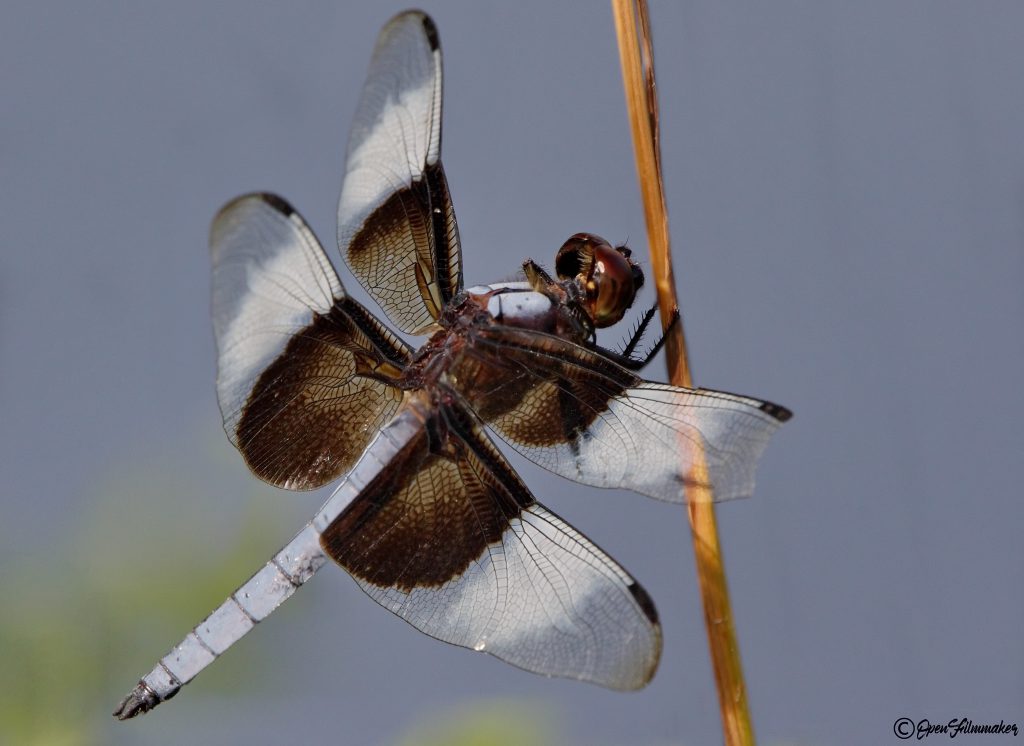
Background
I’ve been shooting birds locally at the Colleyville Nature Center for the past year. I use my Canon 7D Mark II with Sigma 150-600. Sometimes I get there and there’s hardly any birds around. So then I resort to shooting the next best thing… and that’s dragonflies!
So this recent obsession led me to attempt to capture the best dragonfly photo possible. For those that shoot dragonflies or similar creatures, you’ll know that getting insects in-focus is no easy feat.
I researched online and of course macro photography came up often to capture the most detailed photo. I have an Oshiro 60mm macro lens, but these dragonflies don’t allow me to get close. So instead, I resorted to using extension tubes with my Sigma.
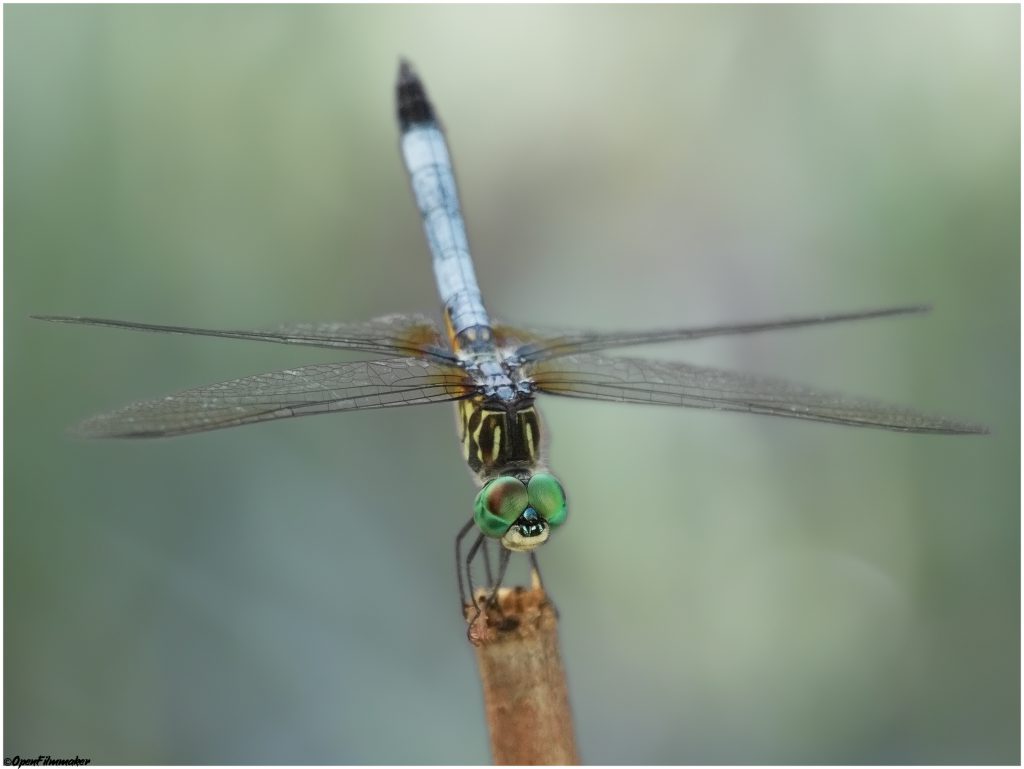
The Problem
I started stopping-down and even focus-stacking. However, there was one problem. While focus-stacking gave me a better image, I found it time-consuming. You see, the editor would align layers automatically, but there was room for improvement and I found myself stacking manually. After manually stacking several times, an idea lit-up in my head. Since I have access to a total of three cameras, I decided to investigate if one camera would give me a better image over another (without stacking).

The Quest
The cameras available to me are: Panasonic G85, Canon 7D II and the Canon 5D Mark III. I used the same lens (Sigma 150-600) across all three cameras. This lens has a Canon EF mount so it works natively on the Canon bodies and with an adapter on the Panasonic body.
What’s so special about these cameras? Well, they each carry a different sensor size as shown in the table below.
| Camera | Panasonic Lumix G85 | Canon 7DII | Canon 5DIII |
| Sensor | Micro Four-Thirds | APS-C | Full-Frame |
| Dimensons | 17.3 x 13mm | 23.6 x 15.8mm | 36 x 23.9mm |
So before I started, my guess was that the Canon 5D Mark III would obtain the sharpest image due to the larger sensor dimensions (gathers more light).
My test is NOT scientific. This is to see what it takes to get the best dragonfly photo (subjective). Needless to say, I was pleasantly surprised at what I found!
A few points about the images:
- All are single images (no stacking), shot RAW and processed manually
- There are two pics from each camera, in random order
- Click on the photos to view full-size and leave a comment on which camera was used for each photo
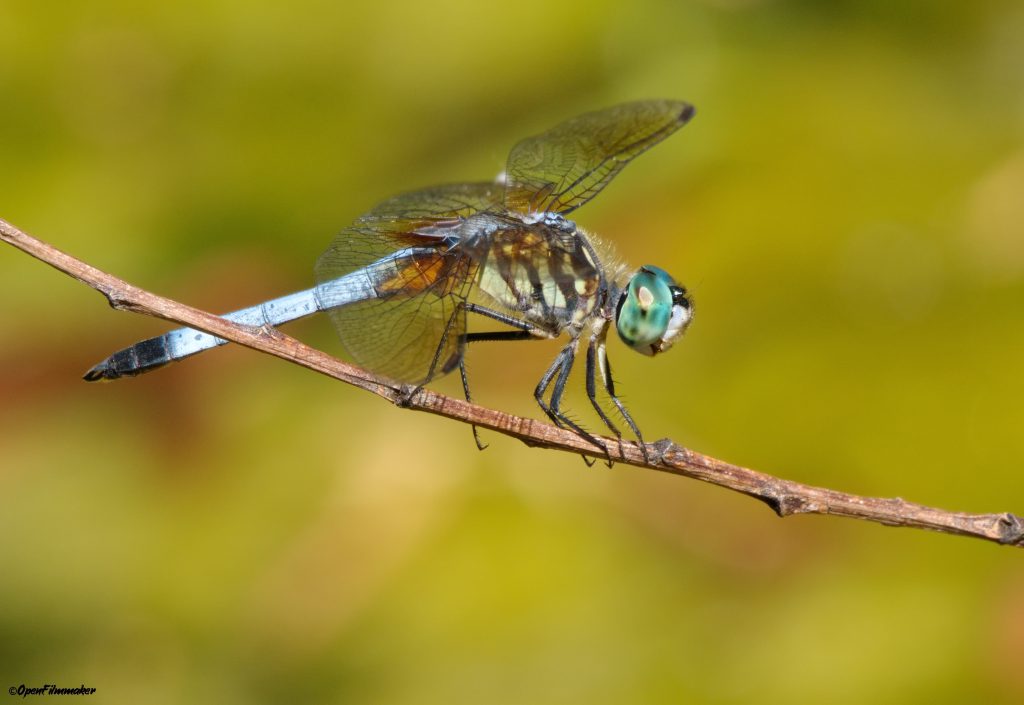
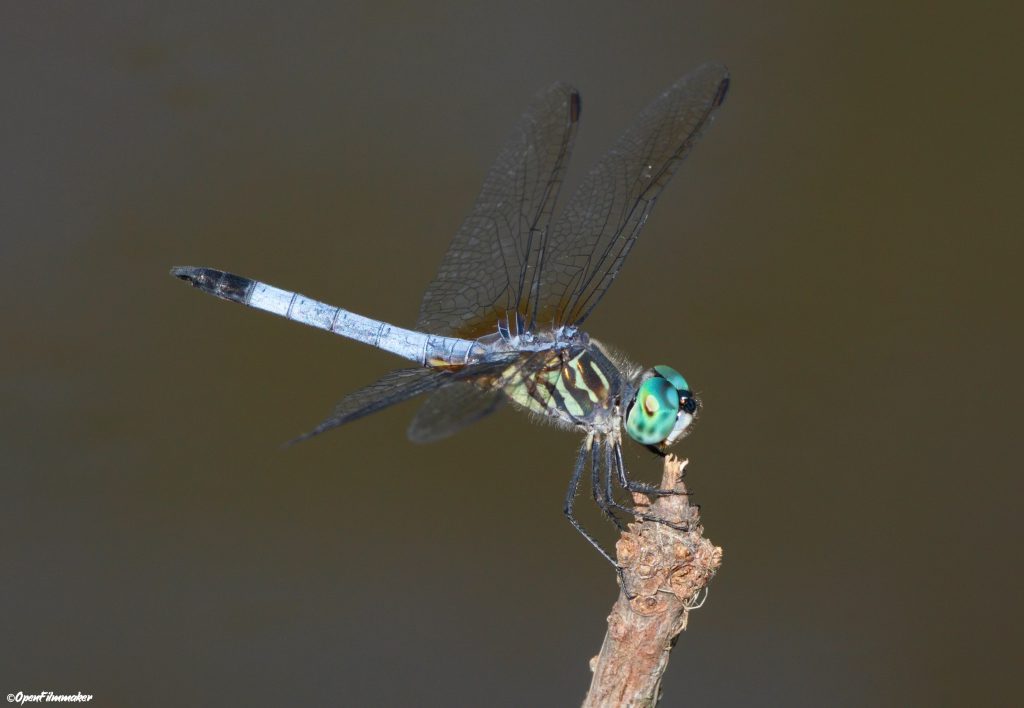
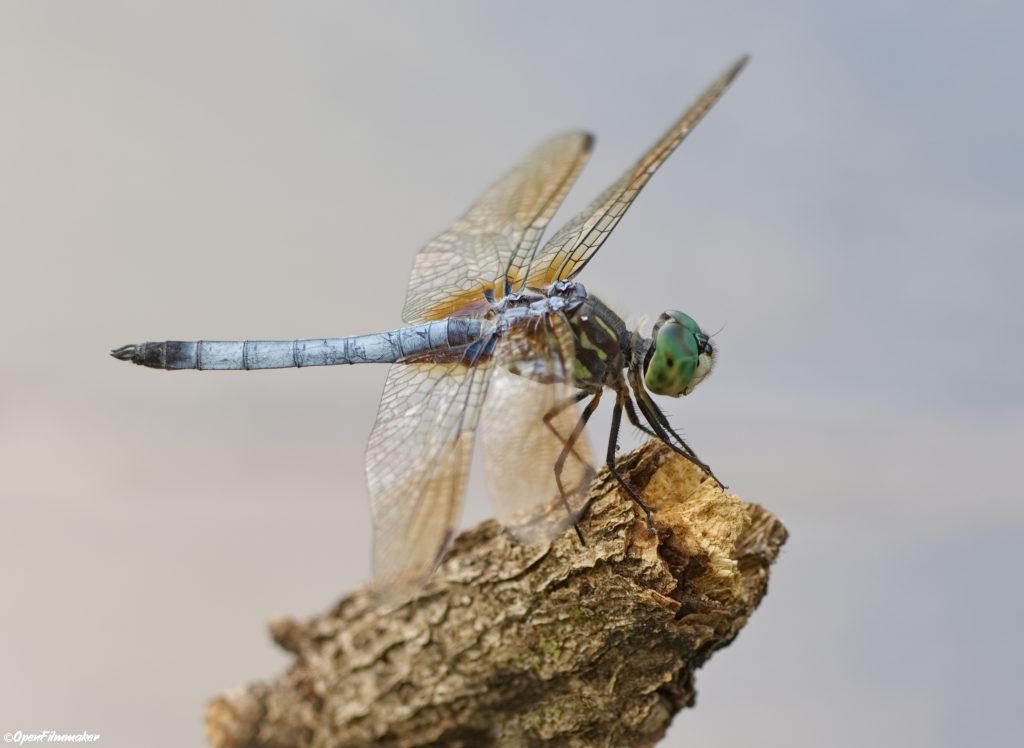


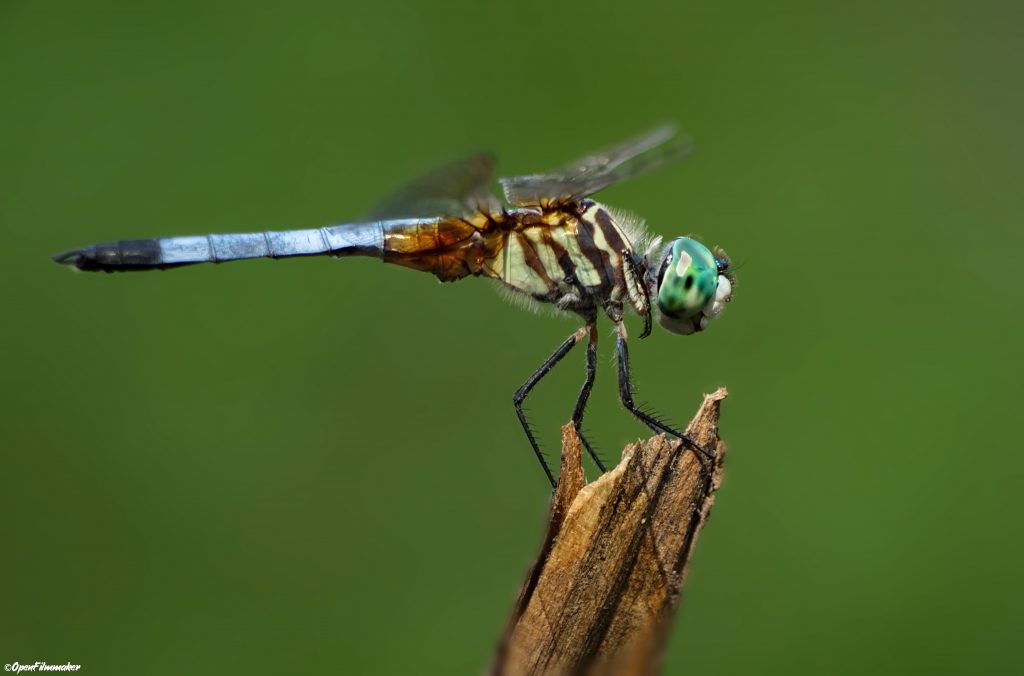
Conclusion
So which camera produced the best image? The reality is that all three cameras give a fantastic image. I was wrong guessing the 5DIII (larger sensor) would produce better images. I can’t tell which photo was taken with which camera. If anything, it came down to good lighting and photography skills, not sensor-size.
Will this experiment end the age-old debate of sensors vs. image quality? I doubt it. But I hope it reiterates what M43 users already know: size doesn’t matter, but the photographer’s skills do.
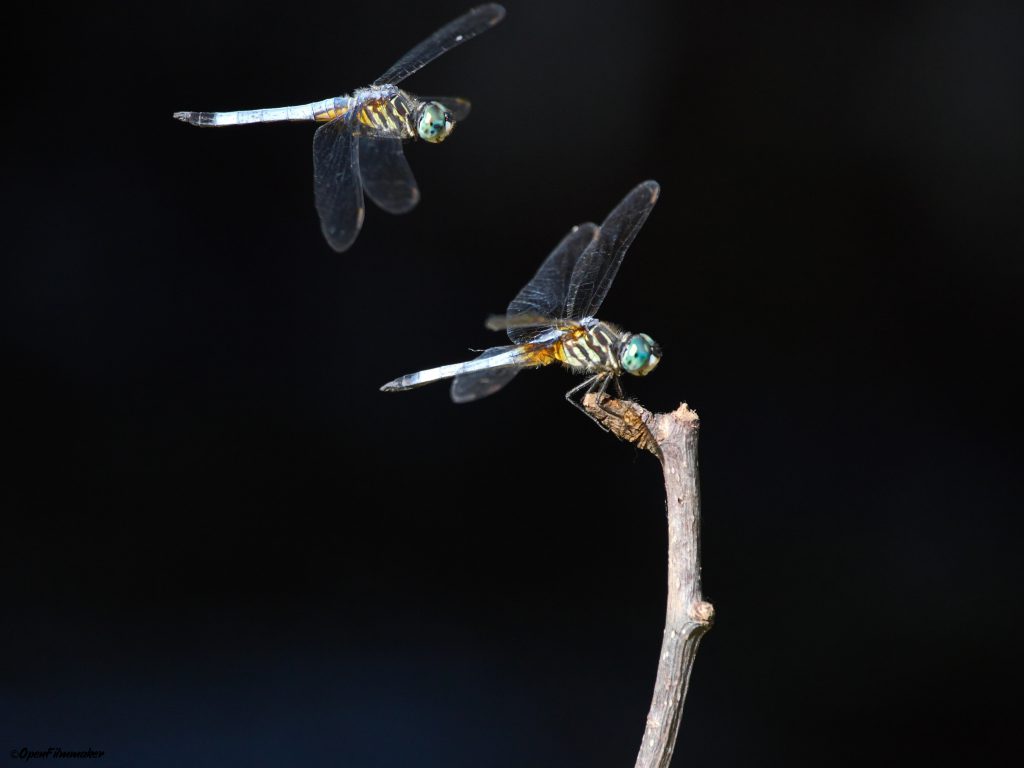
Agree or disagree? Let me know your comments! I’ll post the camera in each photo in a couple weeks.
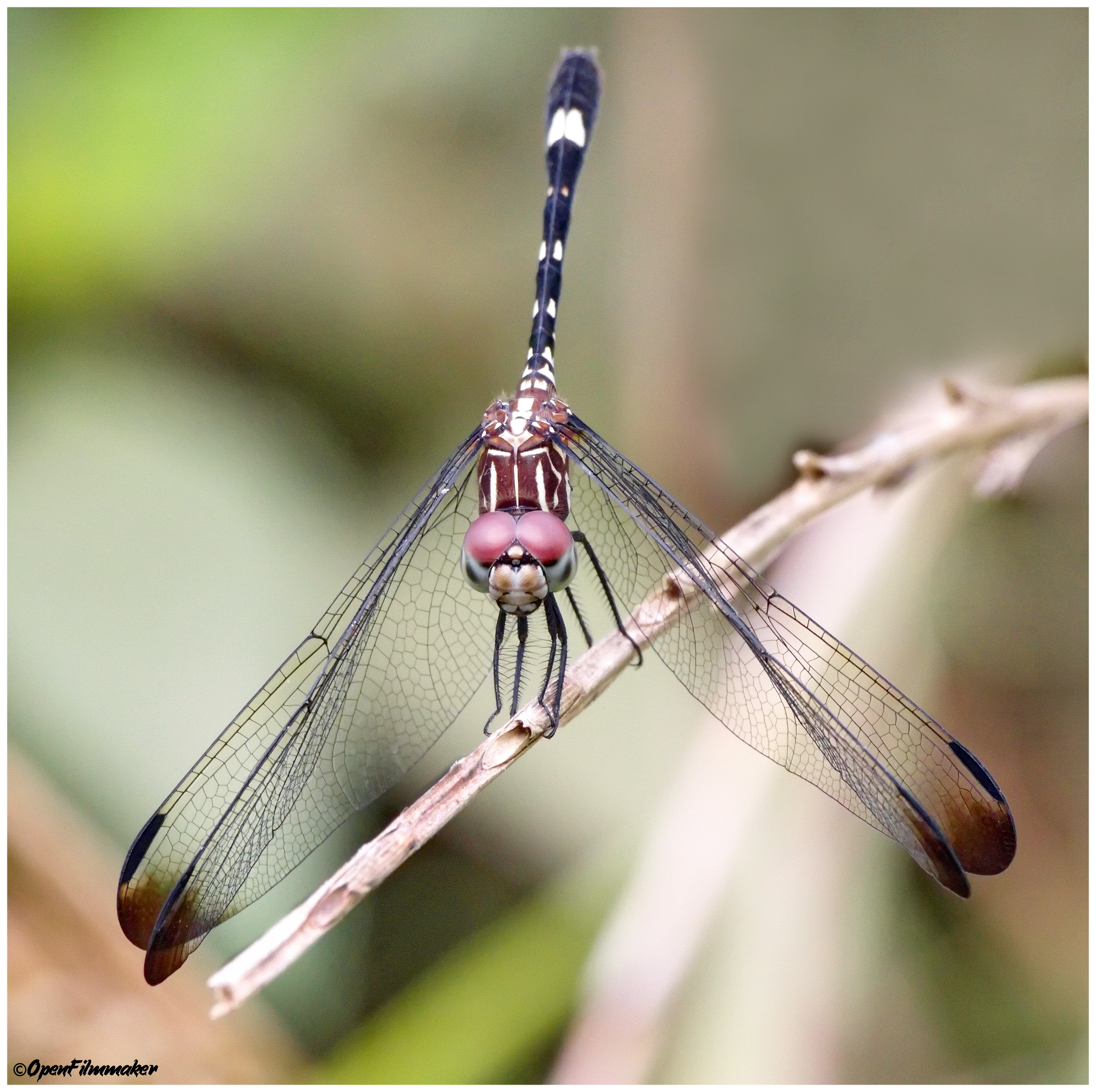


[…] photography is a hobby that requires various products. It’s not just the camera and lens, but much more than that. All these products cost money. There’s no need to dive head-on into purchasing all these […]